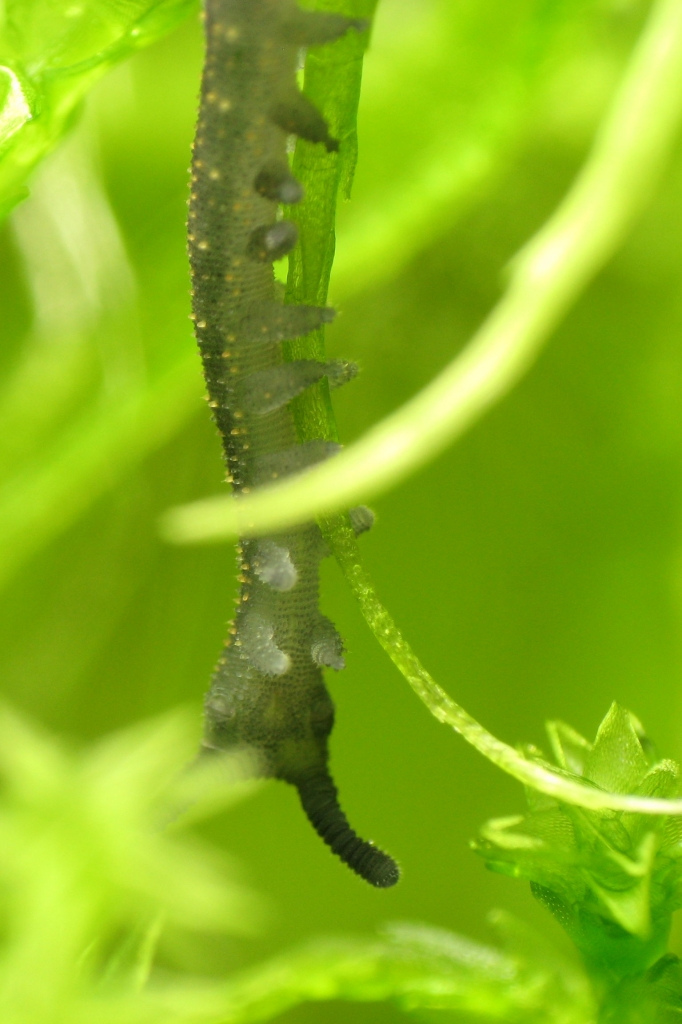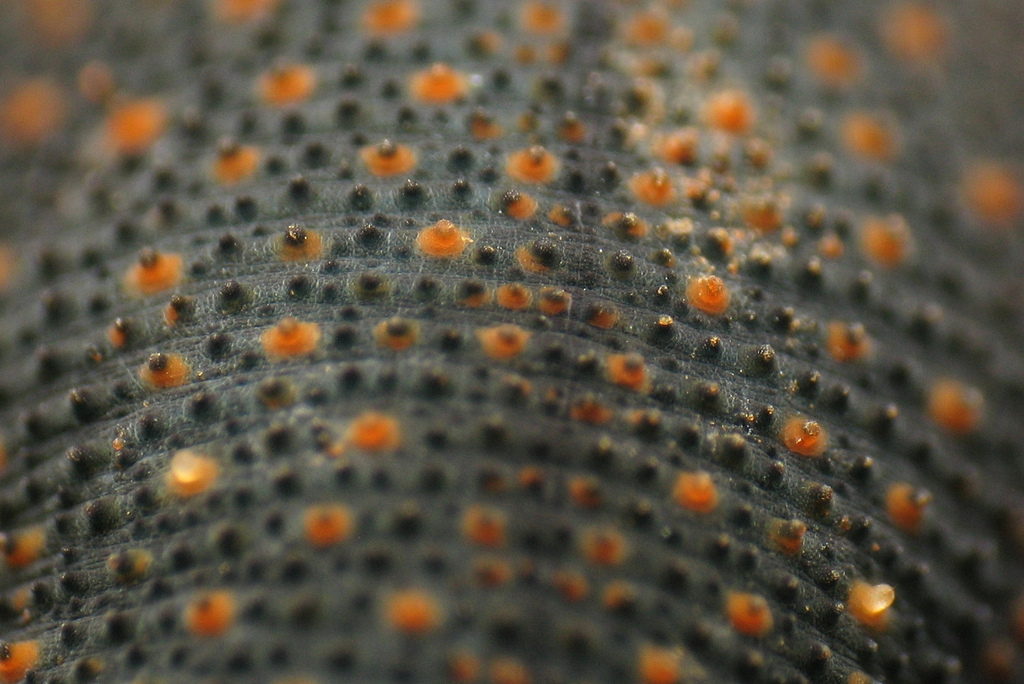Habitat & Geography
Velvet Worms can be found living all over the tropics as well as in the temperate zones of the southern hemisphere. However, to find the majority of Euperipatoides rowelli you only need to look in Australia, but they can be found elsewhere. Velvet worms can only be found in a restricted range of regions because they require specific conditions in their habitat in order to survive and thrive. They must have a terrestrial, moist environment, which does not get too hot or too cold (Australian Museum 2010). This is why they can be found in the moderate temperate zones of the southern hemisphere which have no drastic change between summer and winter.
Pictured below: E. rowelli is found along other Peripatopsidae in the blue regions. For further information on this family, check out our classification page.
Euperipatoides rowelli can be found during the day in dead Eucalyptus logs, and leaf litter such as that of decaying Pitcher Plant (Sarracenia rubra). This allows them to stay cool and moist even when it is a hot summer day. Living in such a moist environment is necessary for E. rowelli because of the trachea in its skin are not adapted for dry environments. For why this is, go check out our adaptation page. Living in dead logs allows E. rowelli to interact with the small invertebrates it eats. A key member of the Velvet Worm’s moist habitat is mosses (Bryophyta) which help keep the moisture content high in the ecosystem (Glime 2013).
Pictured above: Close up view of the trachea in E. rowelli's skin.
Pictured right: E. rowelli climbing through a moss.
For an interactive map and records of where exactly E. rowelli has been found in Australia check out the Atlas of Living Australia site!
To continue your research on other organisms in Euperipatoides habitat check out the Adaptation page.
For further information on references used, follow the link provided.


